How to properly grow peppers in a greenhouse?
For many gardeners and summer residents, growing pepper in greenhouses has become a tradition. Bell pepper has a fleshy pulp, which contains a large amount of vitamins and nutrients. It is used in food both fresh and canned, as well as in dishes and side dishes. It has a rich taste, it is impossible not to notice it in the composition of the dishes, since the pepper gives them freshness and aroma.
Selection and preparation of seeds
In the middle lane and other areas with an even harsher climate, peppers can only be grown through seedlings. Otherwise, he will not have enough heat and sunlight. The first step is to select the seeds. One of their features should be taken into account: the highest germination rate is in the seeds of the first year. If two or more years have passed since the collection, this indicator significantly decreases. Another quality of pepper seeds is the long germination period. Therefore, they begin to sow them for seedlings at the very beginning of March or even a little earlier.
There is a reliable way to select quality seeds. To do this, you need to make a saline solution: dilute a couple of tablespoons of salt in a liter of water at room temperature. Pour the seeds into this solution, mix and wait for about 5 minutes. Those that float to the surface can be thrown away without regret. The rest will need to be prepared for landing.
Advice
For faster germination, it is advisable to treat seeds with preparations to stimulate growth.
Seed preparation is an important step, it includes several mandatory techniques. First of all, the seeds should be disinfected in a 1% solution of potassium permanganate, dipping them into it for half an hour. Then rinse and place on a porcelain plate, covered with damp gauze. In this state, the seeds should lie until they hatch. The gauze should be periodically moistened, making sure that no mold forms. After a few days, the seeds will sprout. This is followed by landing. Sprouted seeds should be planted in containers with fertile, moist soil. The depth should not be too great - no more than 1 cm.
Seedling care
Taking care of pepper seedlings is very similar to the same process when growing tomatoes. Is that pepper is a little more thermophilic. Seed containers should be covered with glass or foil, put in a warm place. When sprouts appear, the film can be removed. Place the container in a well-lit place, because growing peppers requires an abundance of sunlight and heat. The optimum air temperature should correspond to +25 aboutFROM.
Further, caring for pepper seedlings should include the following points:
- regular moderate watering;
- feeding with complex fertilizers two weeks after the first shoots appear;
- picking sprouts when the first pair of true leaves appears;
- hardening of seedlings two weeks before planting in the ground.
During the entire period, the cultivation of seedlings should be carried out taking into account its main features. The main thing is to prevent air hypothermia, drafts, overflow, mold and decay as a result of stagnant water. Drying out the soil is also destructive, so it is so important to catch the optimal balance when watering. Pepper loves light, and if it is not enough, you can provide backlighting by artificially increasing the length of daylight hours. Careful care will allow you to get a strong, healthy plant and, accordingly, a timely and abundant harvest.
Planting pepper sprouts in the ground occurs two months after germination. By this time, the pepper is already quite large, buds appear on it.Such a sprout can be planted in a greenhouse or open ground. The process of hardening the seedlings will allow her to get used to the conditions in which further cultivation will take place.
Planting seedlings in the ground
The main condition affecting the time when the pepper is planted in the greenhouse is the degree of soil heating. Its temperature should be +15 aboutC. In the middle lane, such an indicator in an unheated greenhouse is usually fixed by the second half of May. With the onset of favorable conditions, a strong two-month-old pepper, which has reached a height of about 25 cm, is planted in a greenhouse.
The soil in the greenhouse must be prepared in advance. It should be fertilized by adding potash, phosphorus and nitrogen fertilizers. You can also add compost or humus. Then you need to make holes. The distance between them depends on what kind of pepper is to be grown. Usually the distance varies from 15 to 35 cm.The depth of the holes also depends on the variety and on the size of the root system, usually 20 cm is enough.
Advice
When planting peppers, the neck should not be buried, this can lead to its decay and, accordingly, the death of the plant.
Planting pepper is done in water-filled wells. Pour about 2 liters of water into each of them. Immediately lower the roots, cover with earth and carefully compact it with your hands. The pepper has a strong erect stem, it is fixed securely when planting. Desirable mulch the beds, this will greatly facilitate the care of the plant. Peat can be used as mulch. At the same time, it is necessary to leave free space around the stem, as when mulching a garden with tomatoes.
It should be borne in mind that pepper has a very sensitive root system. When transplanting seedlings into a greenhouse, you must very carefully remove the root along with a lump of earth, trying not to disturb it in any way. The plant after transplantation may hurt, because it is difficult to tolerate this procedure. During this period, the pepper needs careful care and attention. However, it will get stronger pretty soon. Planting pepper in a greenhouse ends with watering.
Plant care
Pepper is quite picky about the main points that make up traditional care. Its strong, healthy appearance does not always mean that the plant feels comfortable and everything is going as it should. At a certain moment, it can simply drop the inflorescences, then the harvest can no longer be expected.
Even watering pepper has several features. It must meet the following requirements:
- only settled warm water is used for irrigation;
- watering is done strictly at the root;
- watering is regular, abundant, but not excessive, moisture does not stagnate;
- periodically watering with the simultaneous introduction of fertilizing, for example, mullein infusion;
- watering paths between beds in a greenhouse to maintain air humidity.
Based on the watering requirements, it can be said that caring for this crop is far from easy and a good harvest is not easily obtained. Among other things, the soil is very difficult to loosen, because, as mentioned earlier, the root system of the pepper is very vulnerable. It is advisable to avoid this altogether. Therefore, mulching the beds with pepper allows you not only to retain moisture in the soil, but also to save the gardener from the need for loosening.
Advice
You should not plant bitter varieties next to sweet peppers, since the inter-pollination of this culture will lead to the fact that all fruits will become bitter.
The cultivation of pepper in the middle lane is complicated by the lack of sun. In order for the plant to consume the available sunlight most efficiently, the lateral shoots should be pinched. They appear differently on different varieties. Most often, they begin to come out after the eighth sheet. The weakest should be removed, leaving only a couple of the strongest. Do not spare the leaves, shoots, even flowers that are located below the site of the main branch. The stepsons are also removed.
The apparent reliability of the plant is quite deceiving.In fact, the stems and branches of the pepper are very fragile. Growing even undersized varieties does not relieve the grower of the need tie up them. The branches should be supported before they break off under the weight of the fruit. Moreover, the fruits of pepper are quite large and grow in several pieces on one branch.
Fighting disease
Growing peppers is not easy, especially for a beginner. Caring for him is painstaking, and there are quite a few diseases and pests that threaten him. Many diseases are fungal in nature, affect any part of the plant and can completely destroy it. It is necessary to deal with them, but it is best to prevent them. To do this, annually destroy all remaining parts of the plant after harvest. The soil in the greenhouse must be regularly treated with special compounds in order to exterminate the fungus contained in the ground.
One of the most common diseases of pepper is phytoplasmosis. It is difficult to prevent it, as it is spread by insects and depends on the increase in their population. In this case, caring for plants consists in their timely processing, namely during planting and a couple of weeks after it. Throughout the growth of pepper, it is required to regularly observe it, monitor its condition and appearance, inspect the greenhouse itself for the presence of pests or changes in conditions.
Despite the fact that growing pepper is very laborious, caring for it takes time, patience and knowledge, it is still worth trying. Over time, experience will come, it will be possible to adapt, provide for various situations and cope with them. But the result obtained will reward the gardener for his efforts, and juicy fresh pepper will decorate the table and replenish the rows of preparations for the winter.
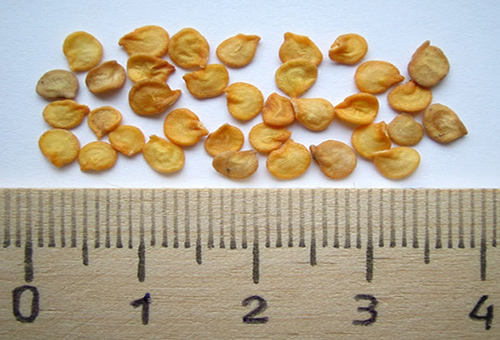
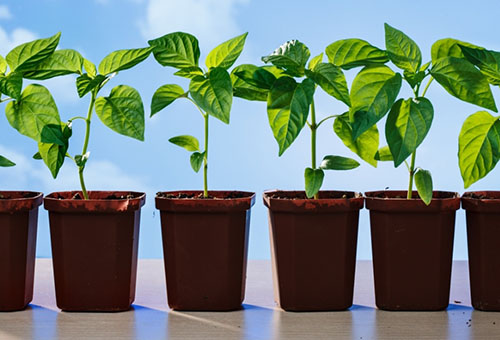
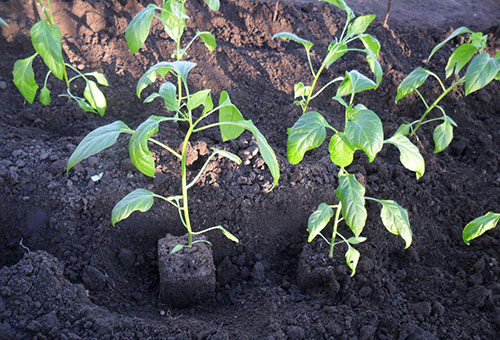
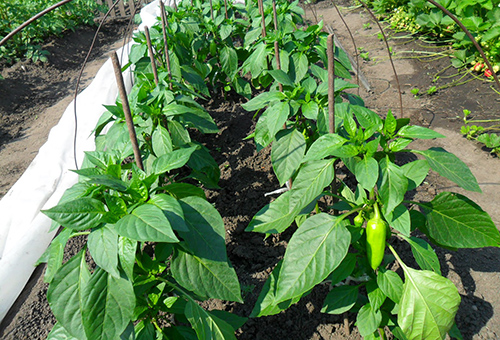
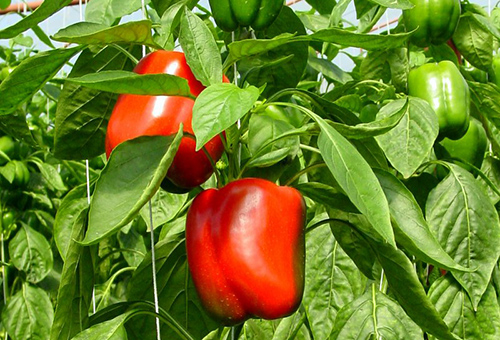
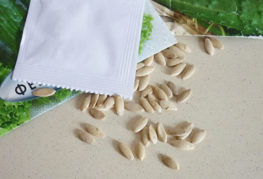
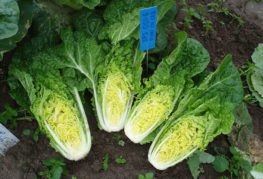
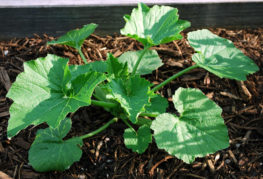
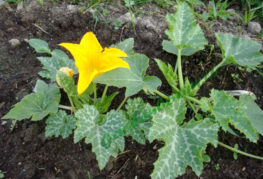
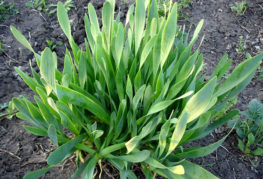
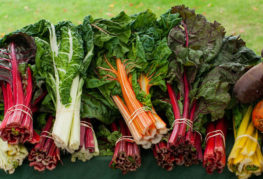
and will be published shortly.